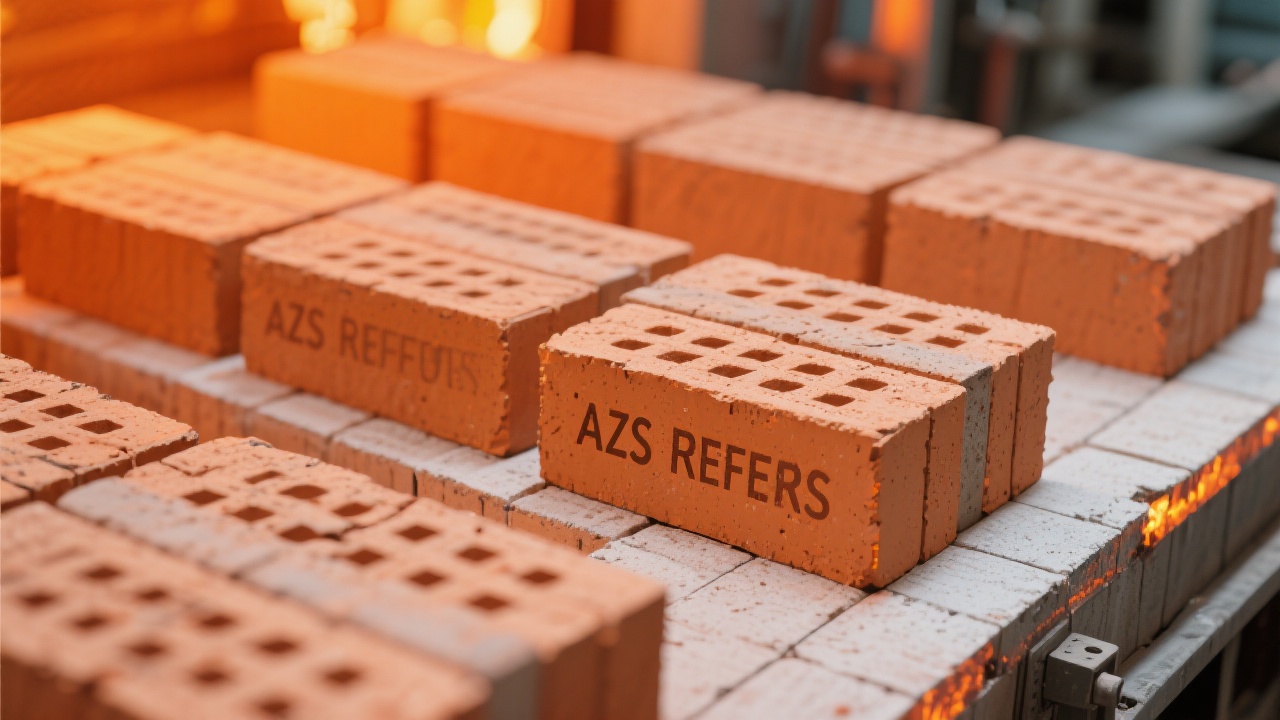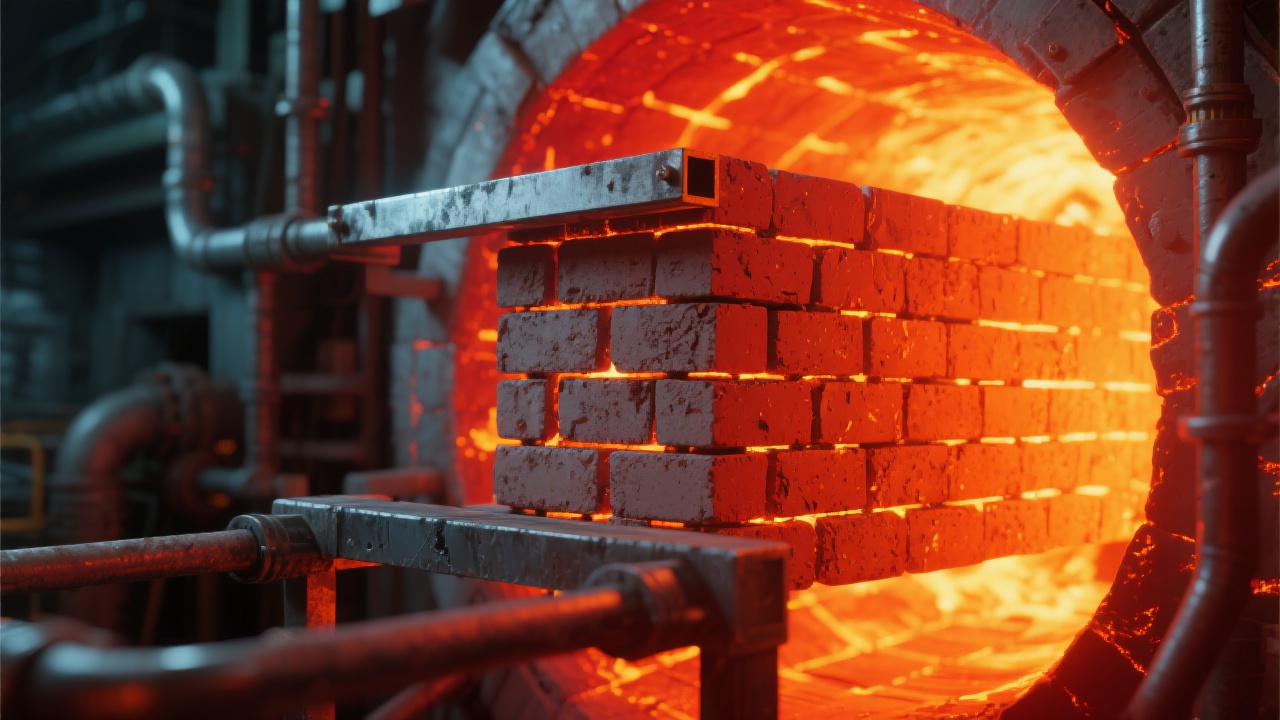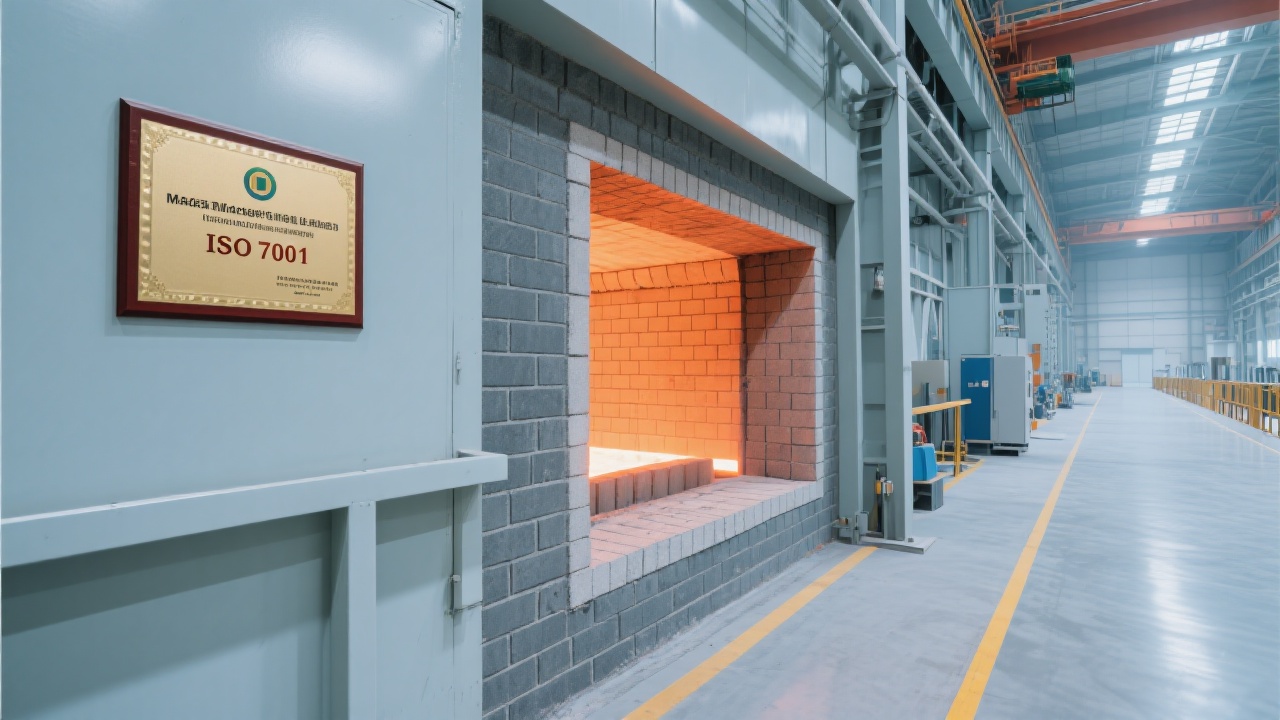
In the competitive glass manufacturing industry, achieving consistent product quality while reducing energy consumption is no longer optional—it’s essential. One of the most overlooked yet critical components in this equation is the choice of refractory materials used in the regenerator (蓄热室) section of a glass furnace. Among them, AZS cross-brick has emerged as a preferred solution for high-performance kilns operating above 1,400°C.
AZS (Alumina-Zirconia-Silica) bricks are engineered to withstand extreme thermal shock and chemical erosion—key challenges in modern glass production. According to ISO 1972 standard testing, AZS bricks maintain structural integrity at temperatures up to 1,600°C with minimal deformation (<0.5% after 50 cycles), outperforming traditional silica bricks by over 30% in service life under similar conditions.
Real-world data from a major European flat glass producer shows that switching to AZS cross-brick reduced refractory replacement frequency from every 18 months to 36 months—cutting downtime costs by an estimated €45,000 annually per furnace.

The key advantage lies in how AZS minimizes contamination. Unlike lower-grade materials that can leach impurities into molten glass, AZS maintains purity due to its stable alumina content (>60%) and low iron oxide levels (<0.5%). This directly improves glass clarity and reduces defects like bubbles or streaks—critical for optical and container glass applications.
| Material Type | Max Temp (°C) | Avg. Service Life (Months) | Energy Efficiency Gain (%) |
|---|---|---|---|
| Standard Silica Brick | 1,350 | 12–15 | N/A |
| AZS Cross-Brick | 1,600 | 30–36 | +8–12% |

For optimal performance, AZS cross-brick is typically used in the hottest zones (above 1,400°C), such as the checker brick layers near the combustion chamber. In adjacent cooler areas, it's often combined with magnesia bricks or silicon carbide bricks—creating a synergistic system that balances cost, durability, and heat retention.
As one client in South Korea noted: “After installing AZS cross-brick in our regenerator, we saw not only fewer breakdowns but also a noticeable drop in fuel usage—we saved about 12% on gas over six months.”

Choosing AZS cross-brick isn’t just about material specs—it’s about aligning your furnace efficiency with global standards for quality and sustainability. Whether you’re producing flat glass, specialty glass, or container glass, this refractory solution delivers measurable gains in product consistency, operational uptime, and energy savings.
If you're looking to reduce maintenance costs, improve glass clarity, and boost energy efficiency in your next furnace upgrade, explore how AZS cross-brick can transform your regenerator performance today.

